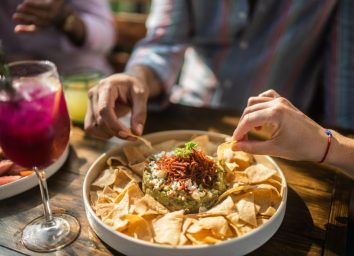7 Things To Never Order At a Cheap Restaurant, According to Chefs
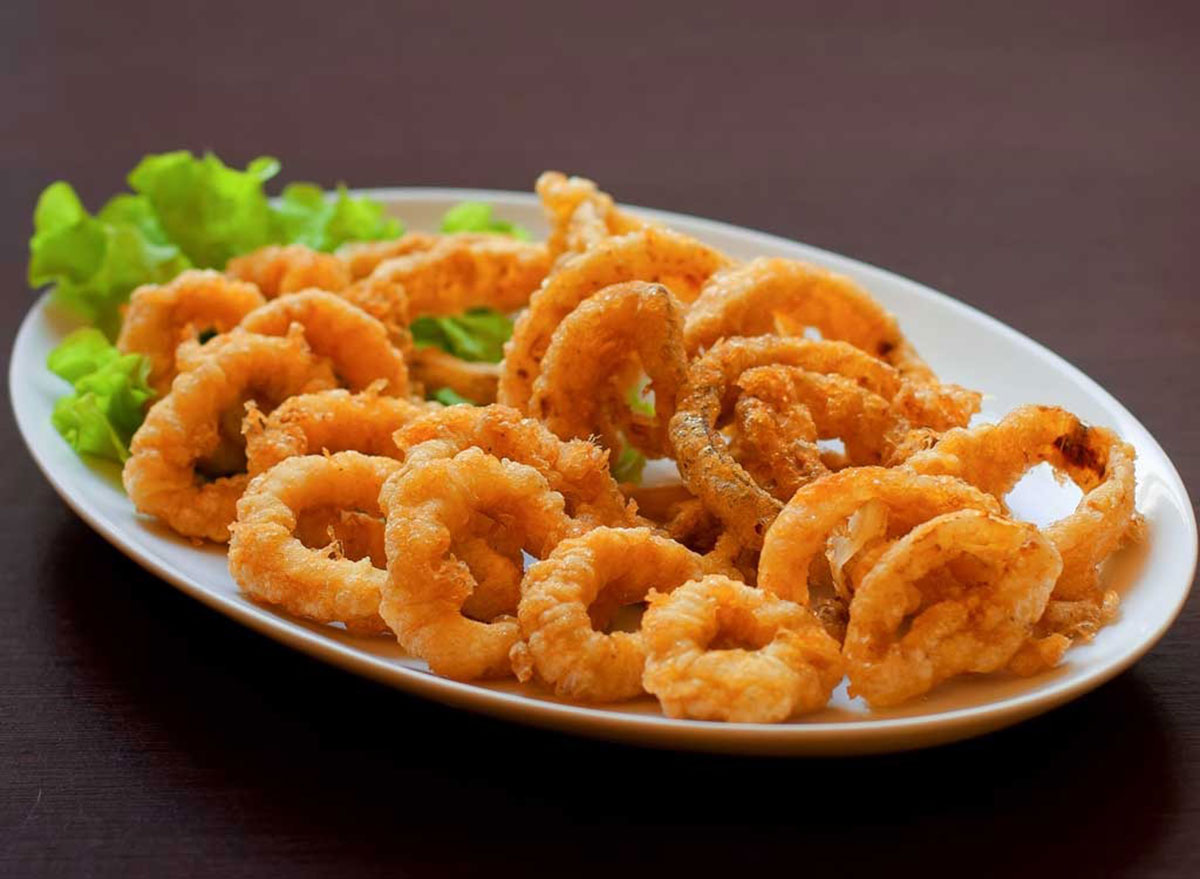
It's really easy to make an ordering mistake at a restaurant when you don't have the full context of how the establishment works. For example, at restaurants with a higher price point, dicey ordering usually revolves around overpriced items that won't deliver on that high-end experience.
Cheaper restaurants, however, can have menu pitfalls of their own. And no, we'd never claim that just because a restaurant is "cheap" it is somehow inferior—some of the best restaurants in the world are nothing but modest storefronts that specialize in the most accessible yet delicious foods (think tacos, dumplings, and sandwiches.)
So while the correlation between quality and price isn't always reliable, there are dishes that are better skipped at restaurants that aren't equipped to make them well. Here are the recommendations on what to avoid ordering at a cheaper price point.
Seafood
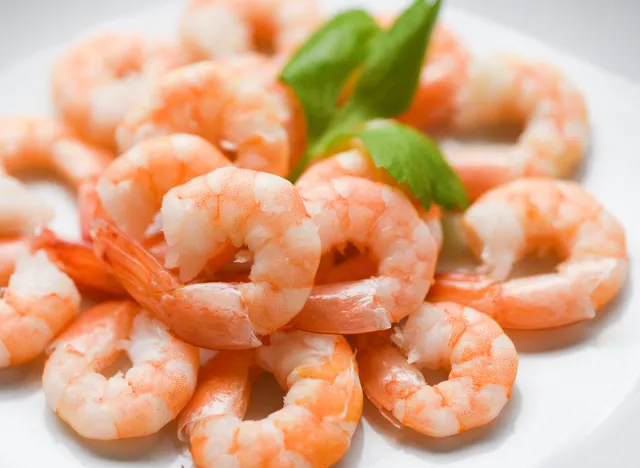
Almost all the chefs we've spoken to agreed on one this one—you should never order seafood at a cheap restaurant.
"Never order the fish or fish special at cheap restaurants. It likely isn't fresh and the quality is going to be suspect," says Colin Smith, chef owner of Smith and River in Reno, Nevada.
John Simmons, chef owner of Firefly Tapas Kitchen + Bar in Las Vegas, said seafood like tilapia or shrimp served at a cheap restaurant will undoubtedly be sourced from a fish farm. Disreputable fish farms supply freshwater shrimp that taste "muddy and wrong," and these farms feed their tilapia "horrific diets and antibiotics" while raising them in overcrowded conditions, he said.
Calamari is another item that's usually frozen and not fresh at restaurants, especially lower-cost ones, says celebrity chef Kai Chase. Frozen calamari will likely come out "tough, chewy, and and served with a store-bought marinara sauce on the side," she continued. "At a restaurant, I'm not particularly interested in pre-bought frozen seafood, and you shouldn't be either! Yuck!"
Chef's Salad
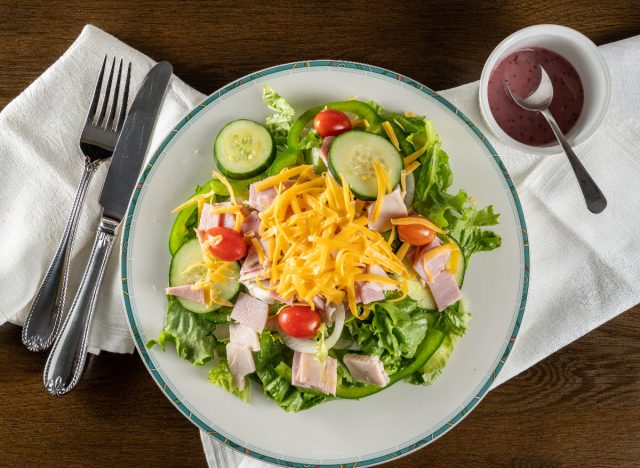
If you find yourself at a greasy spoon, don't even think about ordering the Chef's Salad. According to chef Sarah Gunderson, this salad will typically feature sad iceberg lettuce, shredded cheddar cheese from a bag, and an underwhelming number of cucumber and tomato slices. It will be sprinkled with croutons and offered with a choice of dressing.
"A typical chef's salad has no nutritional value and is often overpriced," said Gunderson.
If other salads are listed on the menu, look for one with seasonal ingredients. In the fall, for example, a seasonal salad might include poached apples, dried cranberries, roasted squash, and pecans.
Hollandaise Sauce
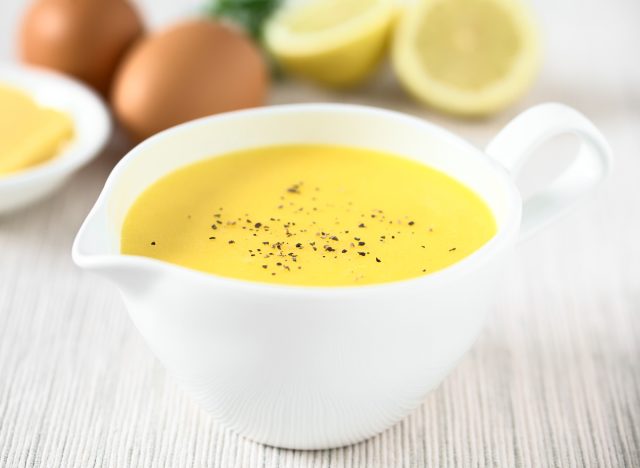
Another item we bet won't be very fresh at a cheap restaurant? The labor-intensive Hollandaise sauce, which is made with egg yolks and butter. Having worked as a line cook, Chase said she had to make this sauce and have it readily available in a bain-marie (essentially a hot water bath) for the rush-hour brunch service.
"The very idea of eggs and butter steaming for hours all day long makes my stomach curdle," she says. "Definitely try to avoid hollandaise and other cream-based sauces served with side items like steamed vegetables or potatoes."
Instead, Chase said to see if the restaurant has a plant-based sauce option like a chimichurri sauce, which is an uncooked sauce made of parsley, cilantro, garlic, red wine vinegar, and olive oil.
"It's delicious, light and versatile, meaning it can go on everything," she said. "And I do personally use it on EVERYTHING when cooking for my clients."
Anything "Store-Bought"
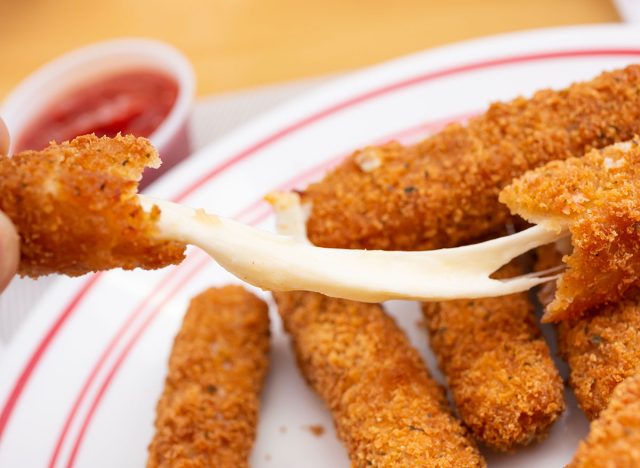
Sean Ferraro, chef-owner of Madison Avenue Pizza in Dunedin, Florida, said inexpensive restaurants are notorious for buying pre-made food items from their distributors and simply warming them up. That includes things like fried appetizers (mozzarella sticks, jalapeño poppers, egg rolls), soups, mashed potatoes, ravioli, etc. These things won't be cooked by the actual restaurant—but the cooks will just heat these foods up and serve them as if they were.
"I try to avoid all of these things," Ferraro said. "I try to find things that have to be cooked fresh, like a hamburger, a piece of salmon, a sandwich, wings, tacos, or something that can't be pre-made or brought in."
Steak
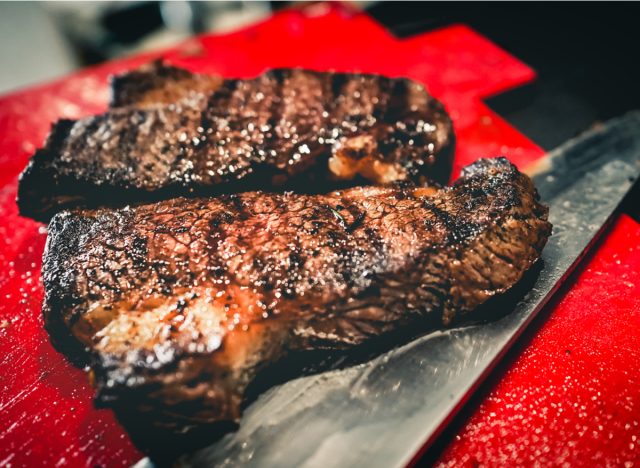
Chef Chris Martin, founder of Savor the Passion, is very adamant about this one: do not order steak at a cheap place. "I don't care how much you like steak, you're getting bottom-of-the-barrel, torn-up scraps with no fat and therefore no flavor," he says. "Just all bad."
Chicken
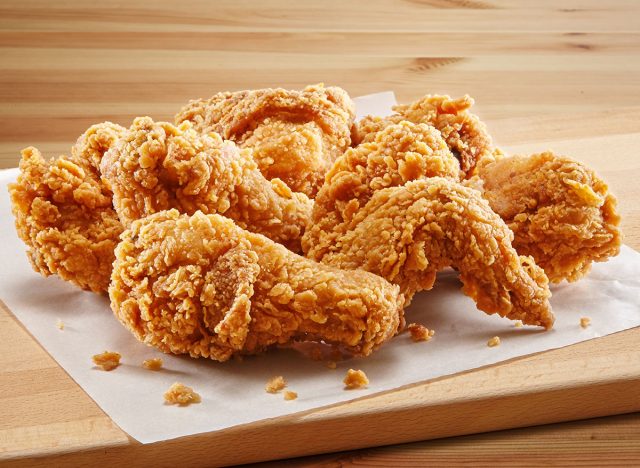
Chicken found in low-cost restaurants likely come from farms that use inhumane practices and pump the animals full of hormones for quicker maturity, according to Chef Sharon Sessler, brand ambassador and executive chef for Viking Range USA. This translates to "stringy and dry meat, with little flavor," she added.
Need another reason to skip the chicken? How about your health?
"Chicken is usually thawed in large tubs of water and cross-contamination and improper handling is common. Some cheaper restaurants don't always have time or a budget for well trained staff who adhere to all of the proper safety precautions involved with handling raw poultry," she said. "Even expensive restaurant chefs run the risk of making guests sick with improperly handled poultry."
Daily Specials

Chef Bryce Norblom, lead instructor at Escoffier School of Culinary Arts said he never orders the daily special, especially if it seems outlandish, like the chef is trying to experiment with some crazy flavor concoctions. And this is especially true for restaurants with lower price points.
"The 'special' is usually the way to get rid of a product that is about to expire or [the restaurant has] an excess of," Norblom said. "It often sounds like a great deal, but that is for a reason. If it's too good (aka cheap) to be true, it probably is."
Instead, Norblom suggested ordering something on the menu the restaurant is known for, i.e., its most popular dish. For example, if you're at a burger joint, order the most popular burger.
Chef Susan Irby says another reason you should stick with popular dishes off the regular menu is the ingredients are ordered more frequently. Therefore those items tend to be fresher.

